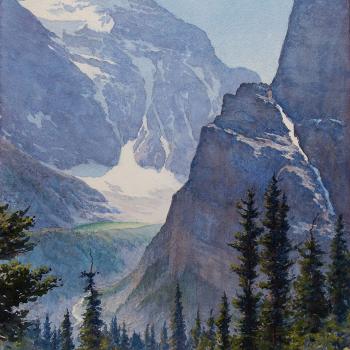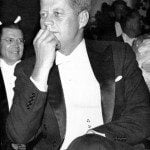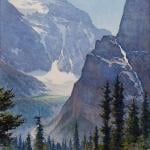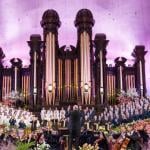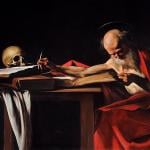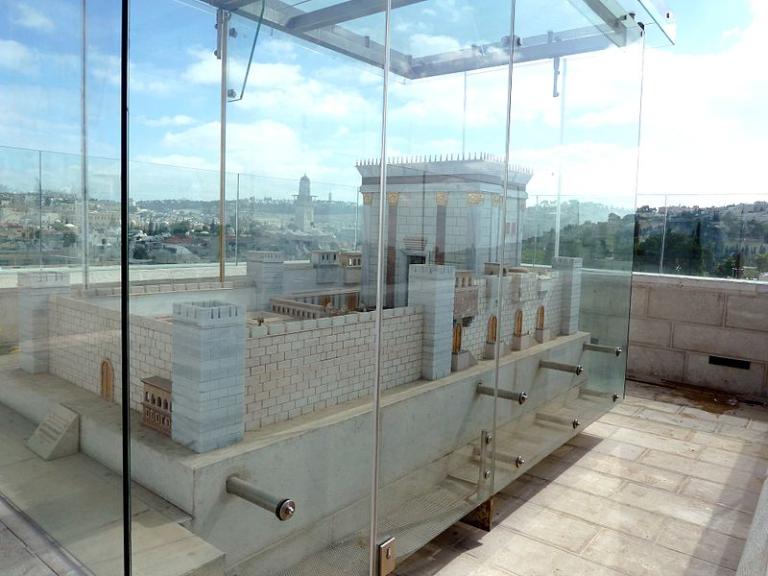
(Wikimedia commons public domain photograph)
New, in Interpreter: A Journal of Latter-day Saint Faith and Scholarship:
Don Bradley, “A Passover Setting for Lehi’s Exodus”
Abstract: Later in his life, former Palmyra resident Fayette Lapham recounted with sharp detail an 1830 interview he conducted with Joseph Smith Sr. about the coming forth of the Book of Mormon. Among the details he reports that Lehi’s exodus from Jerusalem occurred during a “great feast.” This detail, not found in the published Book of Mormon, may reveal some of what Joseph Sr. knew from the lost 116 pages. By examining the small plates account of this narrative in 1 Nephi 1−5, we see not only that such a feast was possible, but that Lehi’s exodus and Nephi’s quest for the brass plates occurred at Passover. This Passover setting helps explain why Nephi killed Laban and other distinctive features of Lehi’s exodus. Read in its Passover context, the story of Lehi is not just the story of one man’s deliverance, but of the deliverance of humankind by the Lamb of God. The Passover setting in which it begins illuminates the meaning of the Book of Mormon as a whole.
[Editor’s Note: This article is an excerpt from Chapter 7 of the author’s new book, The Lost 116 Pages: Reconstructing the Book of Mormon’s Lost Stories (Salt Lake City: Kofford Books, 2019).]
***
Two days ago, I posted a blog entry, “The Lost 116 Pages: Reconstructing the Book of Mormon’s Missing Stories,” about Don Bradley’s new book of that title, from which today’s Interpreter article is excerpted.
Since then, I’ve been invited to compose a longer “endorsement” than the one featured in my blog entry. Here’s a first draft toward that longer endorsement:
The Lost 116 Pages: Reconstructing the Book of Mormon’s Missing Stories absolutely bristles with insights. Among them:
- The Book of Mormon is more Jewish than we had realized, both in its content and in the story of its coming forth. As today’s excerpt suggests, it seems to have begun with a Jewish feast. And, although Joseph Smith may have been wholly unaware of the fact, the watershed events in its early-nineteenth-century recovery were keyed to Jewish festival days.
- Temple worship is central to the lost pages and, especially in that light, to the Book of Mormon as a whole.
- At the same time, the Book of Mormon is thoroughly “Mormon.” That is to say, the unique doctrines of the Church of Jesus Christ of Latter-day Saints and its distinctively “whole-Bible” approach to Christianity are already strongly foreshadowed, if not more, in the founding document of the Restoration. The Nauvoo period makes them explicit, but is merely unfolding the Book of Mormon.
- Joseph Smith’s encounter with Mormon’s “lost” book shaped him—and the Restoration.
- The Book of Mormon begins in, extends, and integrates the Bible. It is saturated with biblical material and deeply—not superficially—engaged with it.
Don Bradley’s careful, deeply informed, responsible, yet imaginative scholarship suggests a great deal not only about the history, nature, and contents of the lost portion of the Book of Mormon but also of the portion that we still have.



